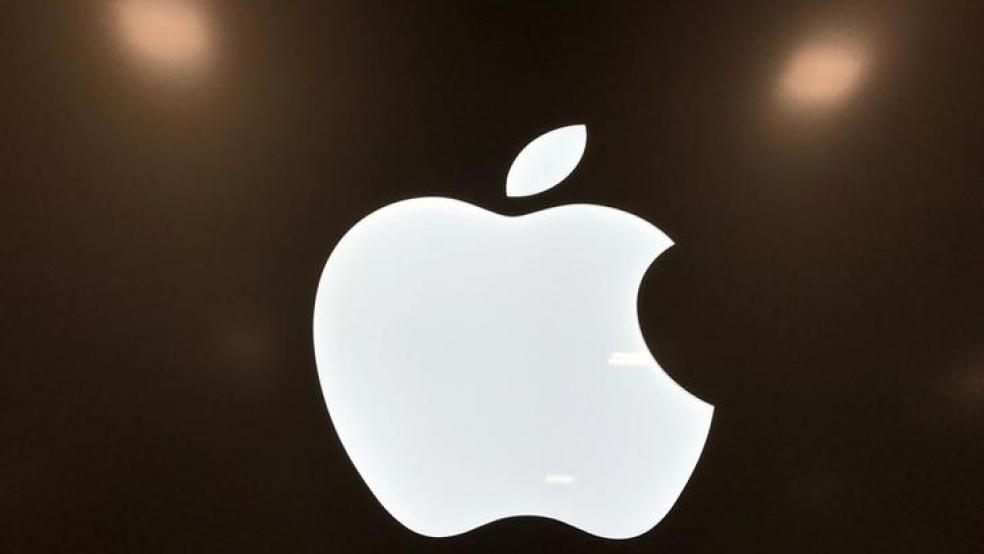The Federal Reserve raised interest rates Wednesday for the first time in a year and just the second time in more than a decade. The move is a vote of confidence in the U.S. economy — a signal that consumers and businesses don’t need quite as much help via monetary policy now that the unemployment rate has fallen to 4.6 percent, close to what economists call full employment.
So just how strong is the economy heading into 2017?
“We expect the economy will continue to perform well, with the job market strengthening further and inflation rising to 2 percent over the next couple of years,” Fed Chair Janet Yellen said. She added: “Economic growth has picked up since the middle of the year. Household spending continues to rise at a moderate pace, supported by income gains and by relatively high levels of consumer sentiment and wealth. Business investment, however, remains soft, despite some stabilization in the energy sector. Overall, we expect the economy will expand at a moderate pace over the next few years.”
At the same time, economists at J.P. Morgan today dropped their estimate for fourth-quarter GDP growth to 1.5 percent, down from 2 percent. Economists at UBS similarly cut their tracking projection to 1.7 percent. Growth in that range would leave economic expansion for all of 2016 at around 1.7 or 1.8 percent — “a moderate pace,” for sure.
Yellen and her colleagues are clearly walking a fine line. The economy may be healthy enough for them to raise interest rates, but the new 0.5 percent to 0.75 percent target for the benchmark fed funds rate, up a quarter point from where it had been, remains far below the historical norm — and, by all indications, the Fed still expects rates to stay low for at least a few more years.
Even so, new projections released by the Fed show that officials expect three quarter-point rate hikes next year, one more than was forecast in the September projections. Whether those rate hikes come to fruition will depend in part on the shape of fiscal policy and any stimulus measures — tax cuts, infrastructure spending — enacted by President-elect Trump and the incoming Congress. Yellen acknowledged that the Fed is working "under a cloud of uncertainty" as a result of that fuzzy fiscal outlook.
Fed officials’ median projections now forecast economic growth of 2.1 percent next year, up from 2 percent as of September, with the unemployment rate falling a tick to 4.5 percent. “But those economic projections clearly still don't incorporate the strong possibility of a major fiscal stimulus next year,” economist Paul Ashworth of Capital Economics wrote to clients on Wednesday. “That makes sense, since officials don't want to be accused of political meddling. But even if it isn't explicit in the economic projections, a few Fed officials clearly thought it made sense to raise their interest rate projections a little.”
Ashworth and his colleagues, on the other hand, recently raised their economic forecast for next year based on the outlook for some sort of Trumpian stimulus. They now project GDP to grow by 2.7 percent next year and 2.2 percent in 2018. If that forecast proves to be close, Yellen and her Fed colleagues are likely to be more active than they expect.
So much depends on the Trump stimulus. If Congress passes major tax cuts early in 2017, the stimulus could be considerable and drive economic growth higher. If the stimulus comes in smaller than expected or gets hung up for political reasons, we’ll probably find ourselves about where we are now: in a not too hot, not too cold economy that’s just puttering along.





